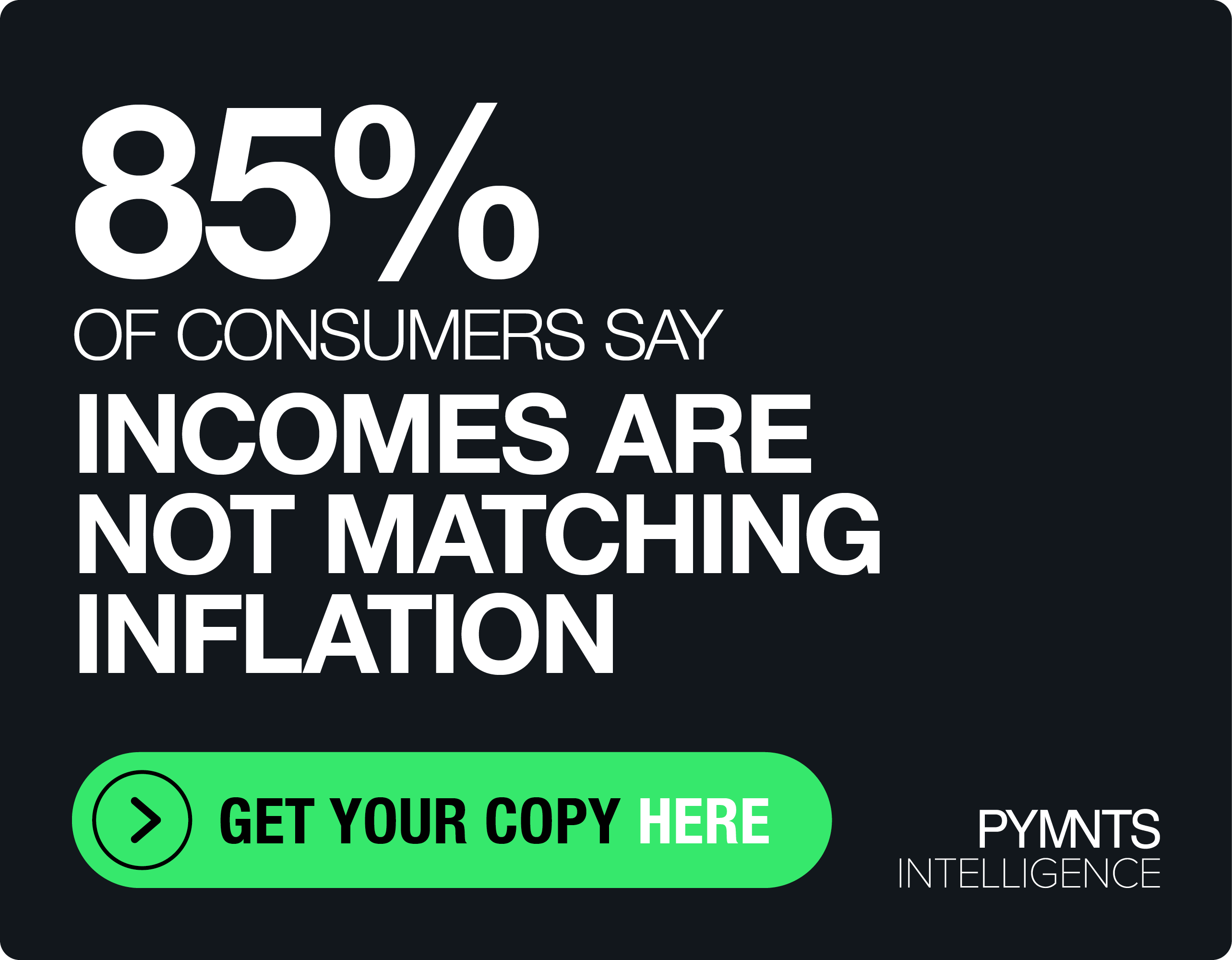Moody’s Sees Improving Charge-Off Climate

Moody’s said in its latest reading of the “pulse of the consumer” that in viewing the charge-off rate, growth had slowed among the largest U.S. banks to 10 basis points in the third quarter.
That was better than the 18-basis-point increase seen year over year in the second quarter, according to the report, which debuted this week.
Drilling down a bit, according to the analysis by Warren Kornfeld of Moody’s, in terms of auto loan charge-offs, the rate declined by 27 basis points to 1.01 percent, in what Moody’s said is a “credit positive indicating tightening underwriting standards.” Overall, auto loan balances slipped 3.5 percent year over year.
Residential mortgage charge-offs were down seven basis points, and the overall portfolios at banks were up 59 basis points from last year’s third quarter, “due to tepid loan demand and bank underwriting standards at the tighter end of historical average standards.”
Looking at credit cards, that segment continued to grow most quickly against all credit classes measured, but year-over-year loan growth here, too, was relatively muted, to 4.15 percent versus the previous period’s 5.3 percent. Moody’s analysts said they expect the average charge-off rate to rise at a modest pace over the next year, by 10 basis points to 20 basis points.
“The rise in credit card charge-offs has slowed considerably over the last year, with third-quarter charge-offs of 3.30 percent up just 0.10 percent year-over-year compared with a 0.43 percent year-over-year increase in Q3 2017,” said the report.
The analysis noted that performance on a bank-by-bank basis was “mixed” in the quarter. Capital One showed the most positive results in the sector, as year-over-year card charge-offs were down by 29 basis points.
And, said Moody’s, in further discussion of mortgages, “banks’ residential mortgage portfolios are largely flat from a year ago because of the ongoing rapid runoff of pre-crisis legacy loans and modest new origination volumes. Loan growth has been limited due to higher interest rates and reduced affordability keeping purchase volumes modest … The fastest one-year growth rates among the five largest bank residential mortgage lenders were just 3.6 percent at U.S. Bancorp and 1.3 percent at JPMorgan.”
